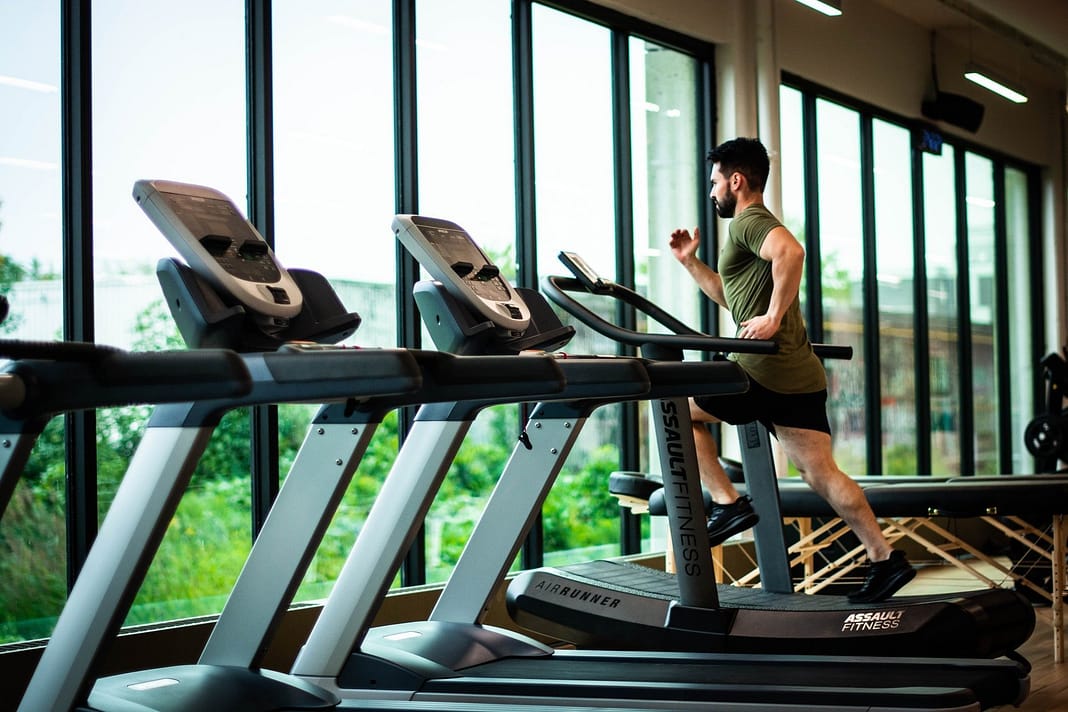
During recent times we are hearing about young people facing major health scare; most common being a cardiac arrest; and when you run a background check, many of them are fitness enthusiasts as well!
So, are we really fit? Is weight the only parameter that most of us are getting trapped into?
Here is a guide on how one may assess one’s fitness levels, and what can be done to be healthier overall.
We lose a third to a half a pound of muscle each year unless one strength trains; and with loss of muscle mass comes weakness that can lead to poor health which in turn lowers the body’s metabolism, increases risk for injuries and diseases and decreases the ability to various activities. This downward spiral can be halted.
Also, for those who exercise, want to reduce health risks or lose some unwanted weight, check whether your hard work is paying off through these fitness assessments. Knowing fitness specifics help’s one to set realistic goals and maintain motivation levels.
Fitness levels depends on lifestyle differences, muscle tissues, genetic composition and overall health and not just physical activity levels.
Generally, fitness is assessed in five main ways; aerobic fitness, muscular strength, muscular endurance, flexibility and most important body composition.
Contents
Cardio respiratory fitness or aerobic fitness
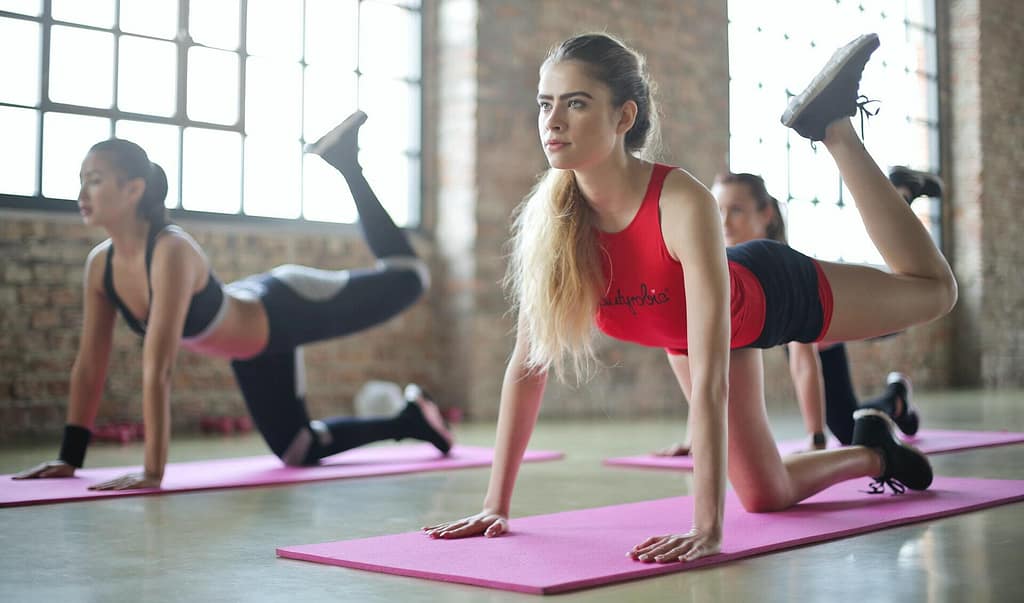
This is the ability of the heart and lungs to provide oxygen and nutrients to the body cells or muscles which need them for a prolonged time period. It is the one of the most important aspect of fitness. Heart is the most vital muscle of human body to avoid numerous health problems. Right eating and right exercising ensures that the heart remains healthy throughout the life.
The three-minute step test and the one-mile brisk walk test are a few ways to test your aerobic fitness.
Muscular strength and muscular endurance

Muscular strength is the maximum amount of force that the muscles can exert at one time. It focuses more on a quick burst of energy. Muscular endurance is the ability of a group of muscles to perform repeated contractions against a resistance over a period of time. The best way to improve endurance is to involve in any cardio vascular activity or body weight exercises. When a group of muscles have to contract in a similar pattern more than one time then it is using muscular endurance. Push up test and crunch tests are some ways to test muscular strength and endurance.
Flexibility
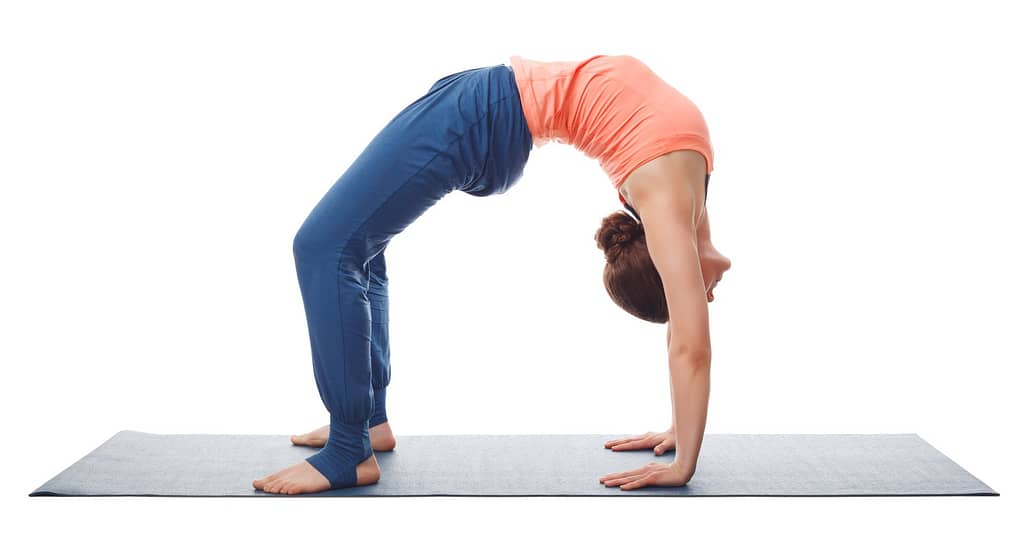
It is the ability of joints to move through their full range of motion (ROM) which enables the muscles to work most effectively. Flexibility is needed to perform everyday activities like getting out of bed, lifting shopping bags; with relative ease. Stretching also increases the blood flow to the muscles. Flexibility declines with age and mostly due to sedentary lifestyle. Staying active and stretching will help prevent loss of mobility which ensures no dependency even in old age. Stretching exercises and yoga are the best ways to improve flexibility.
Body composition
The most vital factor and the result of improvements in the above factors would result in improving the body composition. Body composition refers to the fat mass in body compared to total body mass. The nonfat part is the lean tissue which includes muscle, water, bones and organs. Lean muscle mass burns more calories than fat, tones the body and helps the body function more efficiently. Resting metabolic rate is higher when lean tissue is better means more calories burnt all day. Men should target keeping the fat percentage lower than 20 % and women target 25% or under.
Body mass index or BMI is different from body composition. BMI is a ratio of one’s weight to height. Body mass index is not as precise for assessing ideal body weight as body composition testing is because the former does not consider the ratio of fat to lean weight. The BMI scale may not give appropriate results for people who have large bones and a larger amount of muscle mass.
There are different ways to measure body composition.
- DEXA Scan: Most accurate
- Bod Pod
- Bioelectrical Impedance: Most body fat scales available used this method.
- Hydrostatic weighing
- Skinfold calipers
Action plan for being really fit
- Always check with your family physician before implementing an exercise routine to boost fitness.
- Adults should do minimum 150 minutes of physical activity a week. Combine cardio activity with strength training. Following these simple guidelines reduces one’s risk of heart diseases, type II diabetes and stroke by up to 50%.
- Get started with simple routine such as walking without wasting further time. Keep a progress check on the exercise regime. Be your own competition. Do not fall in the trap of comparison.
- Keep yourself motivated to maintain consistency. Tag along a friend or a family member in your fitness regime.
- Planning is essential in a progressive manner as over exertion may lead injuries and increased risk resulting in dropping out of the exercise routine.
- Take charge of having well balanced freshly prepared meals at frequent intervals. Avoid processed and preserved foods. Increase intake of fresh fruits and vegetables and adequate proteins to increase muscular endurance and strength. Do not cut out fats completely. Have good fats like lean meats, nuts and dairy products in right amounts. Ban bad fats like trans-fat completely.
- Target on achieving fat loss and improving lean mass.


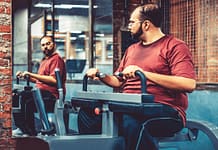

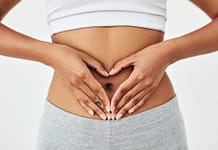
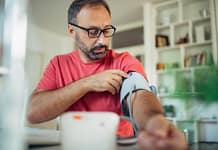

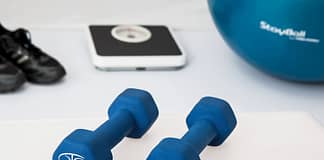
Your article helped me a lot, is there any more related content? Thanks! https://www.binance.info/ru-UA/join?ref=53551167
Your point of view caught my eye and was very interesting. Thanks. I have a question for you. https://www.binance.com/ro/register?ref=V3MG69RO
Can you be more specific about the content of your article? After reading it, I still have some doubts. Hope you can help me. https://www.binance.info/sv/join?ref=DB40ITMB
Thank you for your sharing. I am worried that I lack creative ideas. It is your article that makes me full of hope. Thank you. But, I have a question, can you help me?
I don’t think the title of your article matches the content lol. Just kidding, mainly because I had some doubts after reading the article.
Can you be more specific about the content of your article? After reading it, I still have some doubts. Hope you can help me.